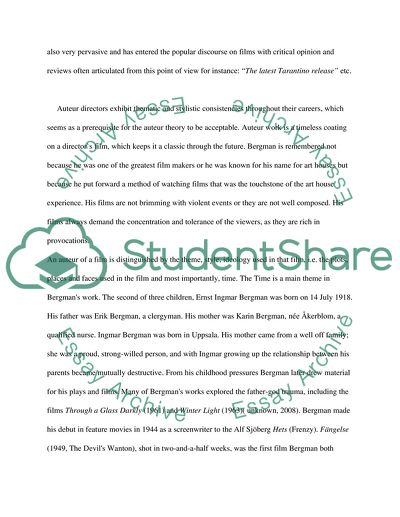Cite this document
(“Film Essay Example | Topics and Well Written Essays - 2250 words”, n.d.)
Retrieved from https://studentshare.org/miscellaneous/1544949-film
Retrieved from https://studentshare.org/miscellaneous/1544949-film
(Film Essay Example | Topics and Well Written Essays - 2250 Words)
https://studentshare.org/miscellaneous/1544949-film.
https://studentshare.org/miscellaneous/1544949-film.
“Film Essay Example | Topics and Well Written Essays - 2250 Words”, n.d. https://studentshare.org/miscellaneous/1544949-film.


